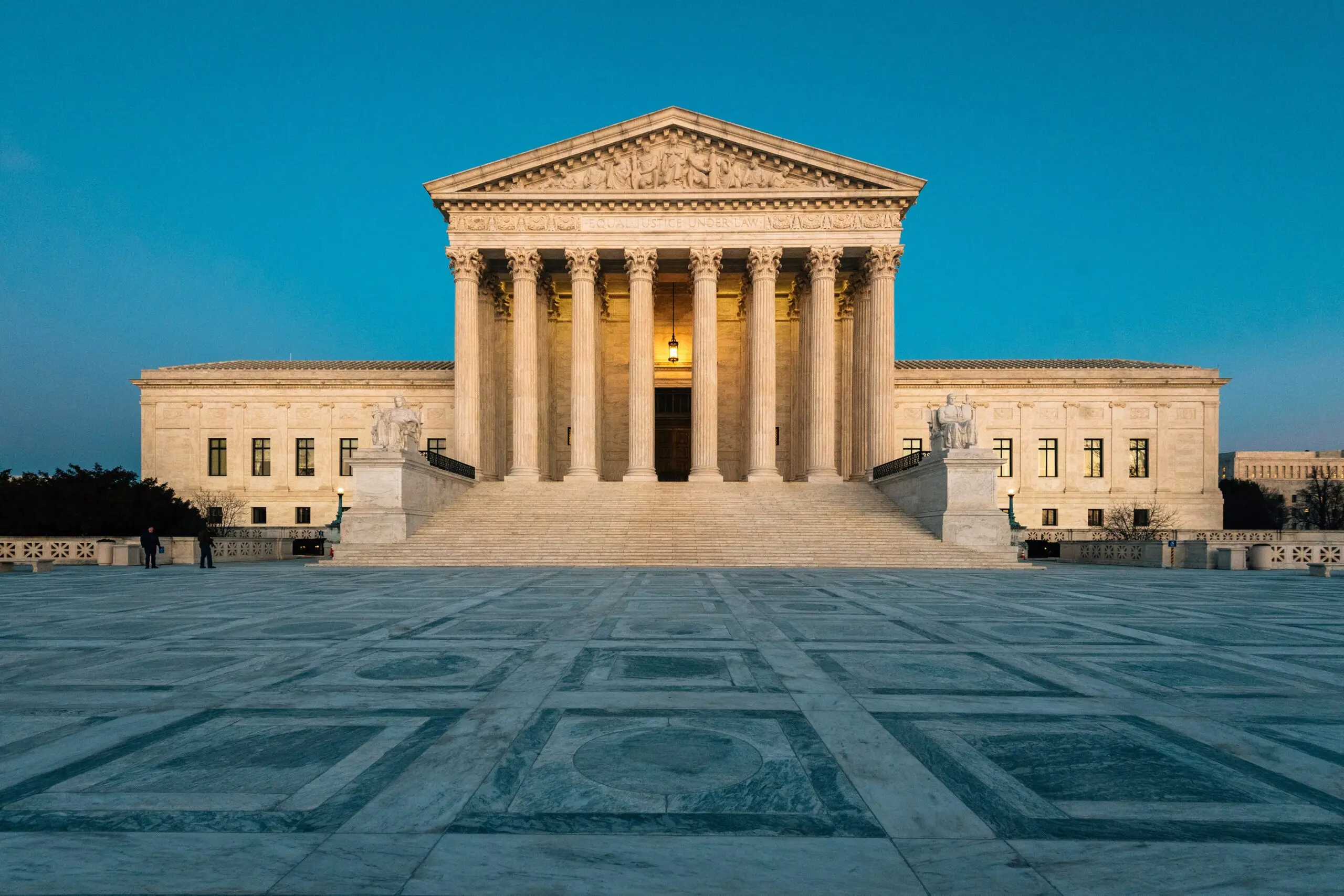Updating our January 27th article.
Supreme Court Ruling Gives Retirement Plan Participants More Power: What Cunningham v. Cornell Means for Your 401(k)
If you’ve ever wondered whether your workplace retirement plan is really looking out for you, a recent U.S. Supreme Court decision just gave you a bit more leverage—and possibly a clearer path to hold plan managers accountable when something doesn’t feel right.
In Cunningham v. Cornell University, the Court ruled on a key issue under the Employee Retirement Income Security Act (ERISA)—a federal law that governs most workplace retirement plans, like 401(k)s and 403(b)s. The case focused on what it takes to challenge certain financial transactions made by retirement plan managers.
Here’s what the ruling means, why it matters to you as a retirement saver, and how it could change the way your plan is managed.
🔍 The Issue: Who’s Watching the Watchers?
ERISA makes it illegal for retirement plan managers (called fiduciaries) to use plan money to benefit certain “insiders,” like service providers or affiliated companies—unless the transaction meets strict conditions. This rule is meant to protect your retirement savings from favoritism, excessive fees, and backroom deals.
But here’s the catch: There are exemptions under ERISA Section 408 that do allow fiduciaries to hire service providers (like recordkeepers or investment managers) if the services are necessary and the fees are reasonable.
Until now, courts disagreed about who had to prove that an exemption applied—you, the retirement plan participant, or them, the fiduciaries managing the plan.
⚖️ The Ruling: The Burden Is on the Fiduciaries
The Supreme Court unanimously ruled in April 2025 that participants don’t need to prove everything at the start of a lawsuit. Instead, once a participant shows that the plan paid a service provider—a potential “prohibited transaction”—it’s up to the fiduciary to prove that the payment meets an exemption.
🧾 Example: Say your 401(k) plan pays $150,000 per year to a recordkeeper to manage participant accounts and send out statements. That’s not automatically a problem—unless the fees are unusually high, or the company hired has ties to company leadership and isn’t providing quality service.
If you, as a participant, challenge that transaction, you don’t have to prove it was shady. You just have to show that the plan paid the provider. It’s the fiduciary’s job to prove it was legal and reasonable.
💡 What’s in It for You?
✅ More Power to Question Suspicious Fees
This ruling makes it easier for participants to bring concerns to court without needing insider knowledge or complex proof from the outset. You no longer have to jump through legal hoops just to be heard.
✅ Stronger Incentives for Fiduciary Accountability
Fiduciaries now have a bigger incentive to document every decision—especially around hiring service providers and setting fees. That’s a win for transparency and responsible plan management.
⚠️ Possible Increase in Plan Costs
On the flip side, some justices—and many employers—worry that easier lawsuits could lead to more litigation, even when plan decisions were made in good faith. If that happens, legal costs might trickle down to participants in the form of higher administrative fees.
🧰 What Can You Do Now?
- Review your plan statements. Look at the fees you’re paying and the services being provided. Ask your HR team if something seems high or unclear.
- Get familiar with your rights. ERISA gives you the right to request certain plan documents, including fee disclosures and service provider agreements.
- Stay engaged. If your company has a retirement committee or fiduciary board, find out how they make decisions. Ask how vendors are chosen and whether fees are benchmarked.
🔮 What’s Next?
The Cunningham decision will likely lead to more lawsuits testing what qualifies as a “reasonable” transaction under ERISA. Courts will now need to evaluate these claims more often, instead of dismissing them early.
That doesn’t mean every plan will face a lawsuit—but it does mean fiduciaries need to be more careful than ever, and participants now have a clearer path to challenge questionable practices.
🚨 Bottom Line
This Supreme Court decision lowers the legal barriers for employees who want to challenge how their retirement plans are managed, especially when it comes to paying outside vendors with plan money. If you’re a plan participant, this gives you a louder voice. If you’re a fiduciary, it’s a wake-up call to document every decision and put participant interests first.
Because at the end of the day, it’s your retirement on the line—and this ruling makes it a little easier to protect it.
Start Your Self-Directed Journey with Confidence
While employer plans like 401(k)s help you save at work, self-directed plans help you save personally for your financial future. uDirect IRA Services, LLC is here to guide you every step of the way. While we don’t offer investment, legal, or tax advice, we’re committed to empowering you with the tools and support you need to self-direct your retirement savings confidently. Take control of your financial future today! Contact us for a free consultation or open your SDIRA account now.

